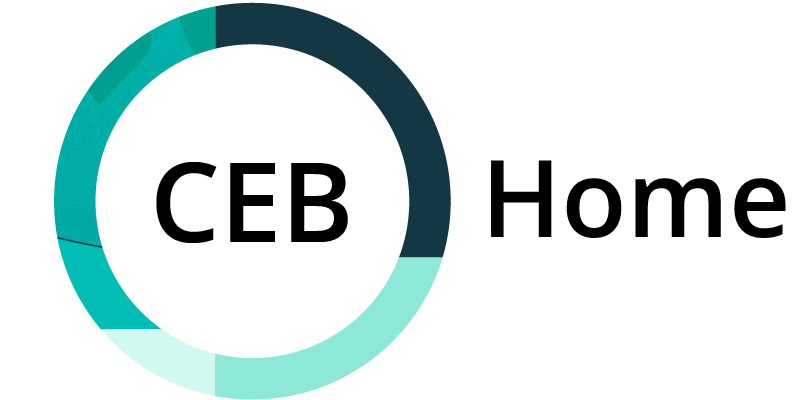Molecular Microbiology
Dr Graham Christie

The Molecular Microbiology group study bacterial spores of the Bacillus and Clostridium genera, which are the most resilient cells observed in nature. Several species are notable human and animal pathogens, including Bacillus anthracis, Clostridium botulinum and Clostridium difficile, although most are harmless saprophytes.
We are particularly interested in understanding the molecular mechanisms of spore germination, which dormant spores undergo when stimulated to return to the vegetative state. We are also interested in the composition and assembly of the spore coat and exosporium, and aim to define the structures and functions of the various proteins that form this primary protective barrier.
We use a range of approaches to gain insight to spore biology at the molecular level, including genetic, biochemical, crystallographic and advanced imaging techniques.
Overall, our objective is to consider fundamental insights to spore structure and physiology in the context of public health, food safety, counter-terrorism and environmental decontamination, and to determine how such information might then be applied to improve current capabilities in these sectors.
Enquiries concerning post-graduate research opportunities, industrial collaborations, or general information concerning the group's activities, should be directed to Graham Christie.
About us
Postgraduate students
Manja Neumann
Sina Schack
Suraj Mital
Gabrielle Mills
Xiao Lin
Giannina Ow-Young-Villareal
Research projects
The Molecular Microbiology group study bacterial spores of the Bacillus and Clostridium genera, which are the most resilient cells observed in nature. Several species are notable human and animal pathogens, including Bacillus anthracis, Clostridium botulinum and Clostridium difficile, although most are harmless saprophytes.
We are particularly interested in understanding the molecular mechanisms of spore germination, which dormant spores undergo when stimulated to return to the vegetative state. We are also interested in the composition and assembly of the spore coat and exosporium, and aim to define the structures and functions of the various proteins that form this primary protective barrier.
We use a range of approaches to gain insight to spore biology at the molecular level, including genetic, biochemical, crystallographic and advanced imaging techniques.
Overall, our objective is to consider fundamental insights to spore structure and physiology in the context of public health, food safety, counter-terrorism and environmental decontamination, and to determine how such information might then be applied to improve current capabilities in these sectors.
Enquiries concerning post-graduate research opportunities, industrial collaborations, or general information concerning the group's activities, should be directed to Graham Christie.


